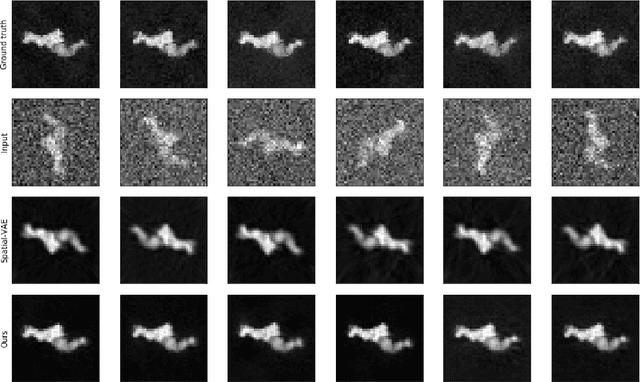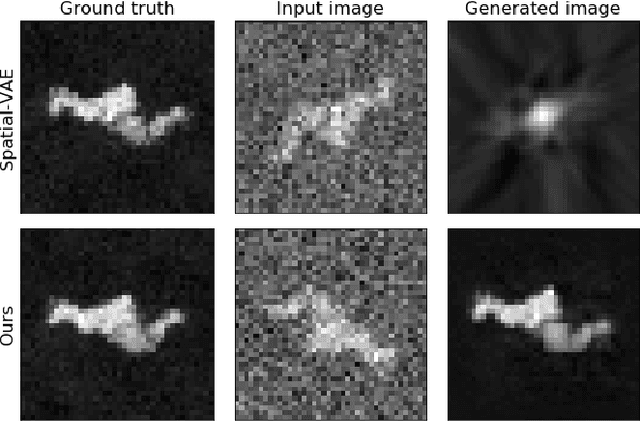Dana Cohen
SWAGAN: A Style-based Wavelet-driven Generative Model
Feb 11, 2021



Abstract:In recent years, considerable progress has been made in the visual quality of Generative Adversarial Networks (GANs). Even so, these networks still suffer from degradation in quality for high-frequency content, stemming from a spectrally biased architecture, and similarly unfavorable loss functions. To address this issue, we present a novel general-purpose Style and WAvelet based GAN (SWAGAN) that implements progressive generation in the frequency domain. SWAGAN incorporates wavelets throughout its generator and discriminator architectures, enforcing a frequency-aware latent representation at every step of the way. This approach yields enhancements in the visual quality of the generated images, and considerably increases computational performance. We demonstrate the advantage of our method by integrating it into the SyleGAN2 framework, and verifying that content generation in the wavelet domain leads to higher quality images with more realistic high-frequency content. Furthermore, we verify that our model's latent space retains the qualities that allow StyleGAN to serve as a basis for a multitude of editing tasks, and show that our frequency-aware approach also induces improved downstream visual quality.
Learning Rotation Invariant Features for Cryogenic Electron Microscopy Image Reconstruction
Jan 10, 2021



Abstract:Cryo-Electron Microscopy (Cryo-EM) is a Nobel prize-winning technology for determining the 3D structure of particles at near-atomic resolution. A fundamental step in the recovering of the 3D single-particle structure is to align its 2D projections; thus, the construction of a canonical representation with a fixed rotation angle is required. Most approaches use discrete clustering which fails to capture the continuous nature of image rotation, others suffer from low-quality image reconstruction. We propose a novel method that leverages the recent development in the generative adversarial networks. We introduce an encoder-decoder with a rotation angle classifier. In addition, we utilize a discriminator on the decoder output to minimize the reconstruction error. We demonstrate our approach with the Cryo-EM 5HDB and the rotated MNIST datasets showing substantial improvement over recent methods.
 Add to Chrome
Add to Chrome Add to Firefox
Add to Firefox Add to Edge
Add to Edge